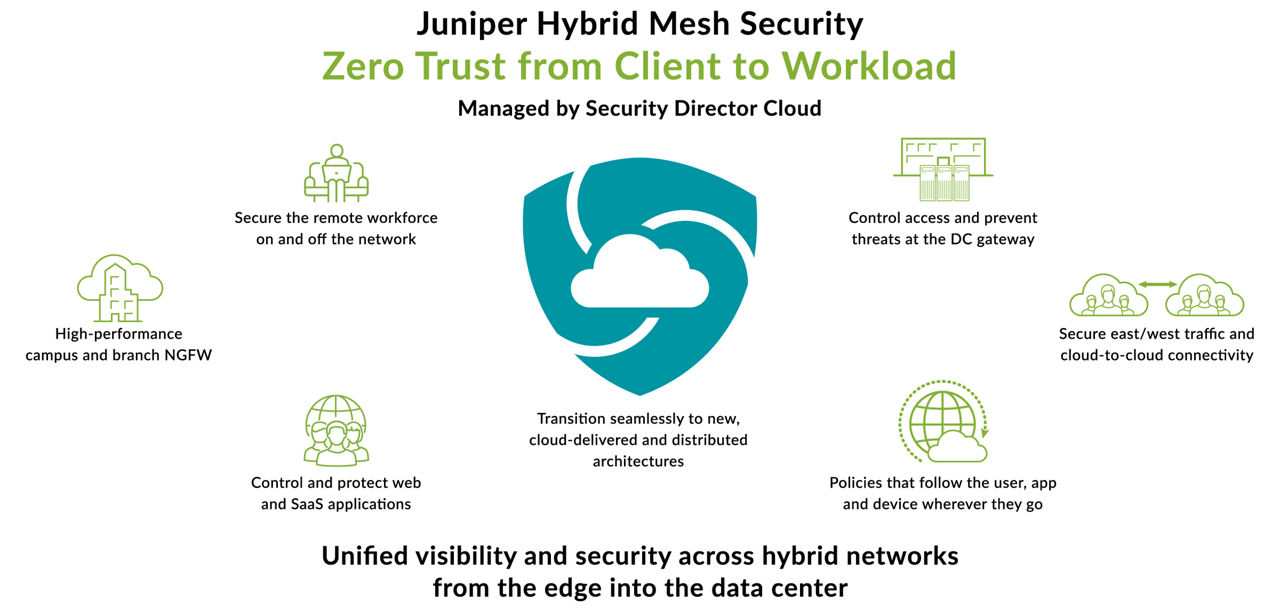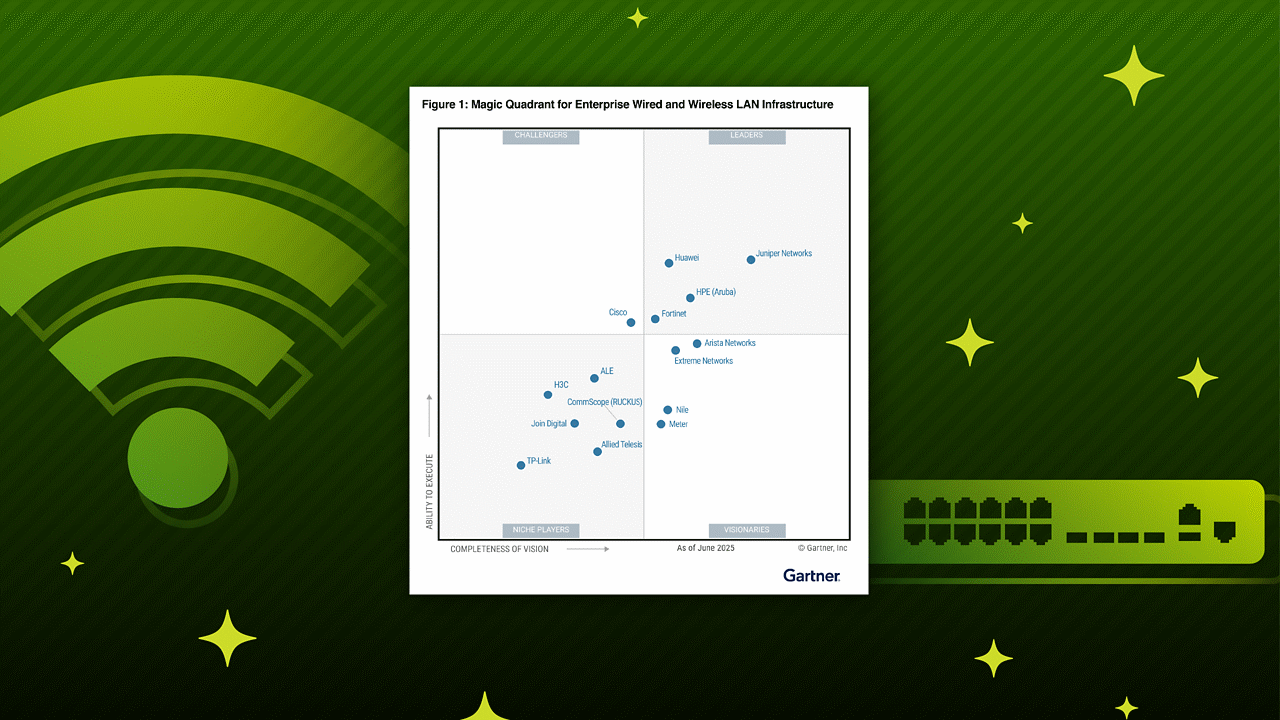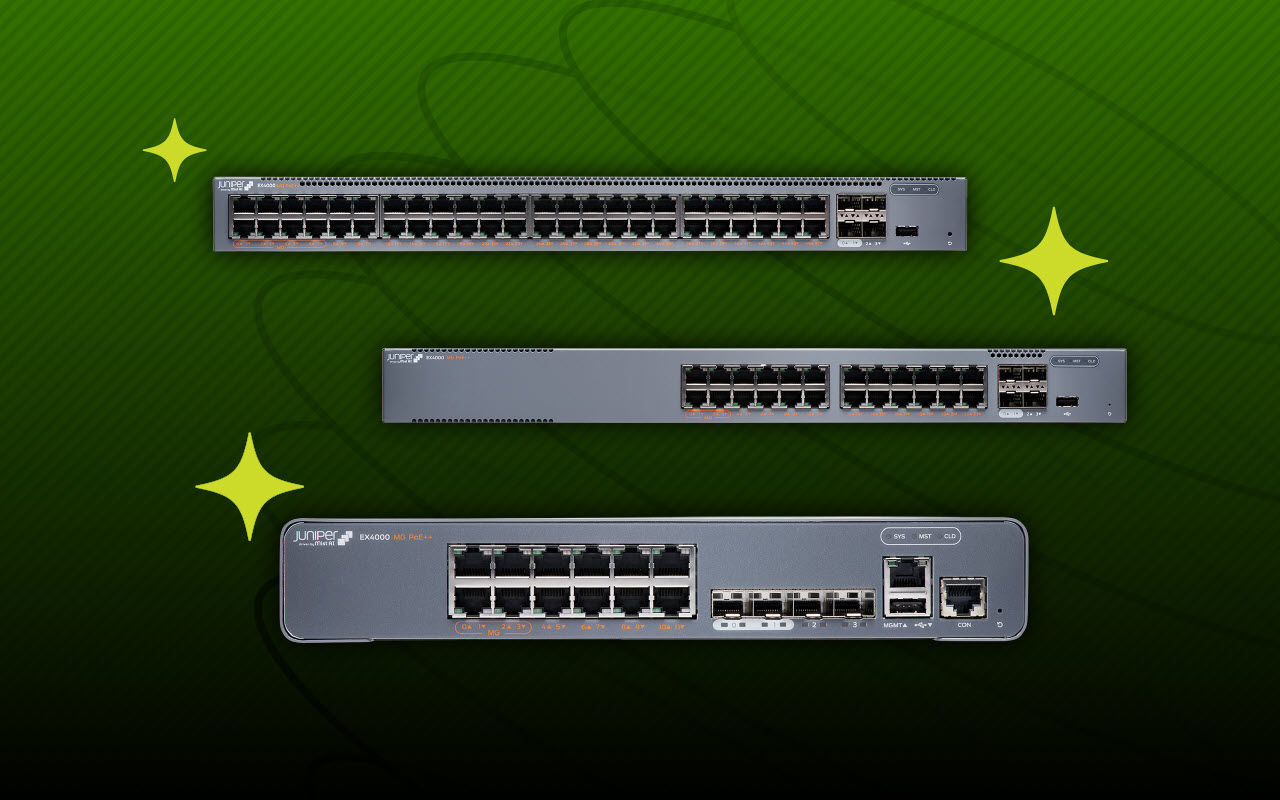What is hybrid mesh security?
What is hybrid mesh security?
Hybrid mesh security, which is inclusive of hybrid mesh firewall platforms, is an architecture that bridges on-premises and cloud-native security through a single control point. It enables organizations to define and enforce security policies between workloads and between users and workloads in mixed IT environments using a common policy framework. IT teams can consistently deploy security across on-premises, cloud-native, and cloud-delivered environments simultaneously from a single management console.
With hybrid mesh firewall platforms, organizations can connect multiple security enforcement points across networks spanning hybrid environments that consist of both on-premises and multicloud locations. They can use any combination of firewall form factors — hardware, virtual, cloud-native, and cloud-delivered — for unified visibility, management, and control. The architecture also extends zero-trust principles from the network edge into the data center.

What problems does hybrid mesh security solve?
Many organizations are finding it a challenge to juggle disparate security management consoles to secure their various IT environments. Multiple management systems for different deployments break visibility and lack consistent security policy-setting and enforcement capabilities. They create aoperational headaches on top of the complexities IT teams already experience as they struggle to support growing remote workforces and deploy new architectures, such as secure access service edge (SASE) and zero-trust models. Multiple systems also increase the potential for misconfiguration and human error.
The hybrid mesh security architecture opens up visibility and simplifies security management by consolidating multiple vendors and point technology solutions into fewer, well-integrated offerings. The results are reduced security administration overhead and fewer misconfigurations, which improves an organization’s hybrid cloud security posture.
How does hybrid mesh security work?
The hybrid mesh security architecture uses centralized management software and a single-policy construct to simplify security policy creation, deployment, and management. It integrates security controls for different edge and data center environments into a single policy set that can then be applied to new and existing firewall, SASE, and application security deployments. In addition, hybrid mesh security aggregates events across those environments into a single dashboard to provide a clear, contextualized view of users, data, infrastructure, and potential threat activity.
Juniper Hybrid Mesh Security Solution
Juniper Hybrid Mesh Security, powered by Security Director Cloud, enables organizations to improve hybrid cloud security. They can use the solution to create and enforce consistent security policies across mixed on-premises and cloud environments and seamlessly transition to new architectures. The solution also expands zero trust across the network from the edge all the way into the data center to applications and microservices.
With Juniper Hybrid Mesh Security, organizations have unbroken visibility, policy configuration, administration, and collective threat intelligence capabilities all in one place. Organizations can manage security everywhere with unified policies that follow users, devices, and applications wherever they go.
Juniper Hybrid Mesh Security facilitates a threat-aware network that enforces security policy across all the links that bind an organization’s numerous networks together, including hardware firewalls, virtual firewalls, cloud-native firewalls, cloud-delivered security service edge (SSE) protection, switches, routers, and gateways. The solution offers the following capabilities and benefits:
- See and manage all resources — Extend visibility and control to distributed workforces and hybrid environments through a simple, seamless management UI.
- Bolster security — Create policies once and apply them anywhere, reducing misconfigurations and avoiding security gaps.
- Reduce costs — Save time and associated expenditures by integrating technologies into a central control point and easing complexity.
- Work smarter — Adopt new architectures faster and more easily by removing the pain of long and complex ramp-up processes.

Hybrid Mesh Security FAQs
What are the top drivers of hybrid mesh security?
There are three:
- If you can’t see it, you can’t protect it — Organizations need visibility and control beyond their premises into public, hybrid, and multicloud environments. Hybrid mesh security delivers that using a centralized, integrated management interface.
- Change is hard — Organizations deploying SASE or undergoing data center transformation want to simplify their efforts by integrating on-premises firewalls and firewall-as-a-service (FWaaS) offerings with the cloud-native firewalls in their infrastructure-as-a-service (IaaS) environments for end-to-end control.
- Less is more — There is a demand for the mature integration of overlapping solutions that organizations may already be running for centralized visibility and control.
What is the main benefit of hybrid mesh security?
It gives organizations unbroken visibility into their hybrid environments unified with policy configuration, administration, and collective threat intelligence capabilities, all in one place.
What are some best practices for deploying a hybrid mesh security solution?
The top five best practices for hybrid mesh security are:
- Look for a platform that offers a unified management experience. This is simpler to operate than a portfolio approach, where each firewall environment has a different UI (for example, a cloud-native firewall interface that’s separate from a hardware firewall interface).
- Encourage network security teams to work with DevOps to understand and implement controls in the platform that improve security without interfering with rapid release cycles or otherwise impeding business outcomes.
- Make sure network security teams, application teams, and cloud teams collaboratively discuss use-case-specific requirements and evaluate them as a part of overall firewall selection for mesh security.
- Short list vendors that deliver SASE functionality natively from the cloud (or have direct partnerships with SSE vendors to connect to their edge) and share security telemetry and event data with the hybrid mesh firewall platform.
- Look for a vendor that offers proven security effectiveness against exploits and malware consistently across all form factors and deployment scenarios.
What hybrid mesh security solution/products does Juniper offer?
Juniper is the pioneer in hybrid mesh security. The Juniper Hybrid Mesh Security solution, powered by Security Director Cloud, enables organizations to manage security anywhere, on-premises and in the cloud, with unified policy management that follows users, devices, and applications wherever they go. Our solution spans Juniper’s Security Director Cloud, Secure Edge, SRX Firewalls (in hardware, virtual, and containerized form factors), Juniper Advanced Threat Prevention, and Juniper Cloud Workload Protection security products. These solution components allow organizations to secure their IT environments with consistent policies that extend across on-premises and cloud borders and to expand zero-trust security from the network edge into the data center to applications and microservices.






















